Home>Furniture & Design>Interior Design Trends>How To Use Etching Cream On Glass
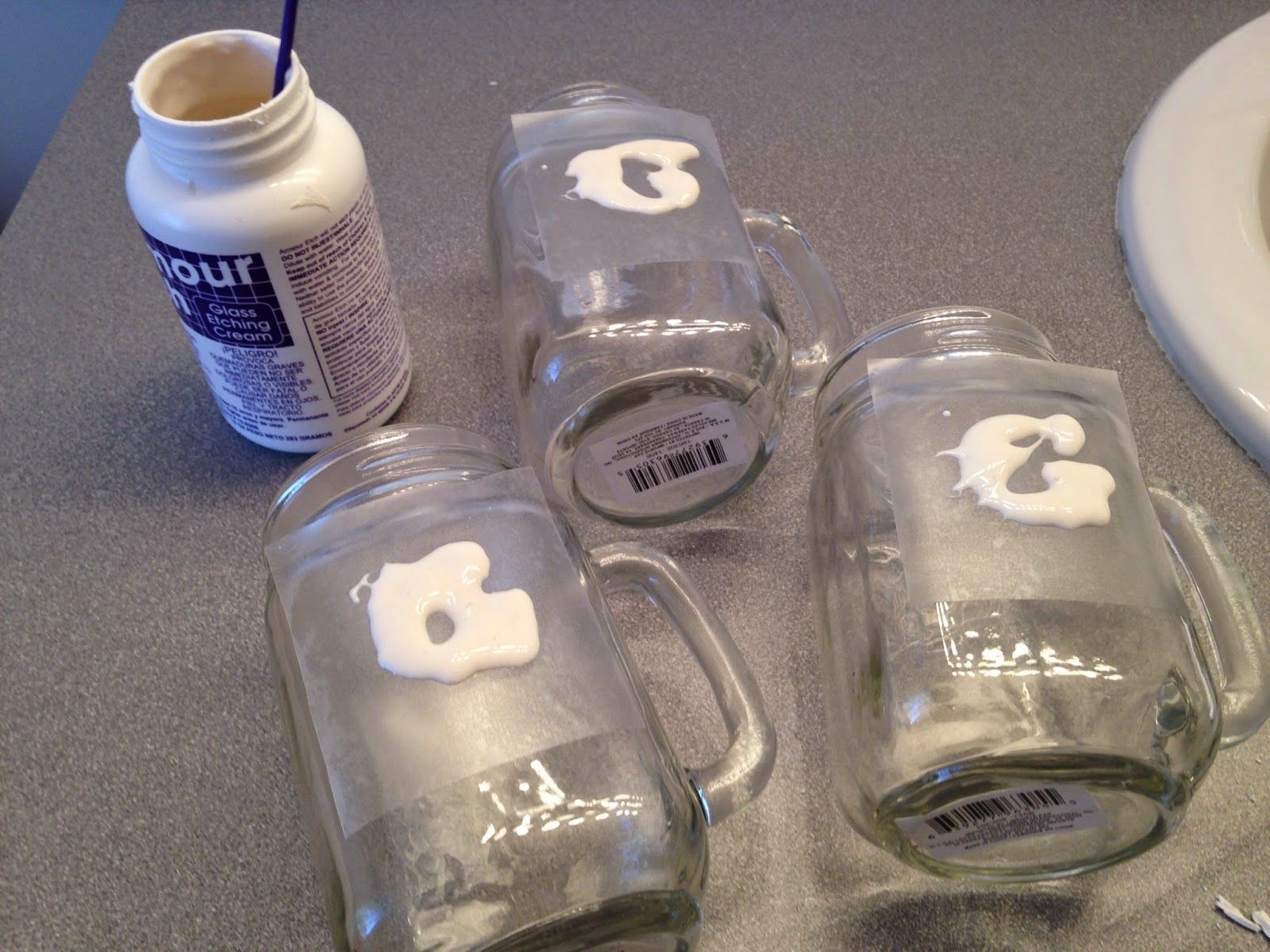

Interior Design Trends
How To Use Etching Cream On Glass
Modified: February 8, 2024
Learn how to use etching cream on glass to create stunning interior design trends. Discover step-by-step instructions and tips for achieving professional results. Elevate your home decor with this popular DIY technique.
(Many of the links in this article redirect to a specific reviewed product. Your purchase of these products through affiliate links helps to generate commission for Storables.com, at no extra cost. Learn more)
Introduction
Etching cream is a versatile and effective tool for adding a touch of elegance and personalization to glass surfaces. Whether you're a seasoned crafter or a DIY enthusiast looking to embark on a new project, etching cream offers a simple yet impactful way to transform ordinary glass items into customized works of art. From creating personalized glassware to adding decorative accents to mirrors and windows, the possibilities are endless with etching cream.
In this comprehensive guide, we will explore the ins and outs of using etching cream on glass, covering everything from understanding the nature of etching cream to safety precautions and a step-by-step tutorial. By the end of this article, you'll be equipped with the knowledge and confidence to embark on your own etching cream projects, unleashing your creativity and adding a personal touch to your living space.
Let's delve into the fascinating world of etching cream and discover how this simple yet powerful substance can elevate the aesthetic appeal of glass surfaces.
Key Takeaways:
- Etching cream is a safe and versatile way to personalize glass surfaces, from glassware to windows, with enduring designs. With proper precautions and creativity, anyone can create stunning, personalized glass art at home.
- By following safety measures and step-by-step instructions, individuals can confidently use etching cream to create professional-looking designs on glass. Experimenting with different stencils and designs adds a unique, personal touch to etched glass projects.
Read more: How To Use Rub ‘n Buff On Etched Glass
What is Etching Cream?
Etching cream is a specialized chemical compound that creates a frosted, textured finish on glass surfaces. This versatile substance contains acidic compounds, such as ammonium bifluoride or sodium bifluoride, which react with the glass to create a permanent etched design. Unlike traditional glass etching methods that involve sandblasting or engraving, etching cream offers a convenient and user-friendly alternative for achieving professional-looking results at home.
The chemical reaction caused by etching cream removes a fine layer of the glass surface, resulting in a frosted appearance with a slightly rough texture. This process creates a permanent bond between the design and the glass, ensuring that the etched pattern remains intact even after repeated use and washing.
One of the key advantages of etching cream is its versatility. It can be used on various types of glass, including mirrors, windows, glassware, and decorative glass accents. This makes it an ideal choice for DIY enthusiasts, crafters, and interior design enthusiasts looking to personalize and embellish glass surfaces with intricate designs, monograms, or decorative motifs.
Etching cream is available in different formulations, catering to various project requirements and preferences. Some creams are designed for quick etching, ideal for creating simple designs or patterns, while others offer a longer etching time, allowing for more intricate and detailed artwork.
In addition to its decorative applications, etching cream can also be used for practical purposes, such as creating privacy designs on glass windows or doors. By selectively etching specific areas of the glass, individuals can achieve a balance between privacy and natural light, adding a functional and aesthetic dimension to their living spaces.
Overall, etching cream serves as a valuable tool for transforming plain glass surfaces into personalized, visually appealing works of art. Its ease of use, versatility, and ability to create enduring designs make it a popular choice for DIY projects and creative endeavors.
With a clear understanding of what etching cream is and its potential applications, let's explore the safety precautions to ensure a smooth and secure etching process.
Safety Precautions
When working with etching cream, it is crucial to prioritize safety to prevent any potential risks and ensure a smooth and secure etching process. Here are essential safety precautions to keep in mind:
-
Protective Gear: Prior to using etching cream, it is imperative to wear protective gear, including gloves and safety goggles, to shield your skin and eyes from direct contact with the chemical compounds in the cream. Additionally, consider wearing a protective apron or clothing that fully covers your skin to minimize exposure.
-
Ventilation: Etching cream emits fumes that can be harmful if inhaled in large quantities. It is essential to work in a well-ventilated area, such as a room with open windows or an outdoor space, to ensure proper air circulation. If working indoors, consider using a fan or opening windows to disperse the fumes effectively.
-
Workspace Preparation: Before applying the etching cream, prepare your workspace by covering the surrounding area with a protective drop cloth or plastic sheet to prevent accidental spills or splatters. This precaution helps safeguard your working environment and minimizes the risk of unintentional contact with surfaces other than the intended glass item.
-
Avoid Skin Contact: In the event of accidental skin contact with etching cream, rinse the affected area immediately with water and mild soap. It is advisable to keep a bottle of vinegar or a neutralizing solution on hand to neutralize the effects of the cream if it comes into contact with the skin.
-
Storage and Disposal: Store etching cream in a secure location away from children and pets, preferably in its original container with a tightly sealed lid. When disposing of any leftover cream or used materials, follow the manufacturer's guidelines and local regulations for chemical waste disposal to ensure environmental safety.
By adhering to these safety precautions, you can create a secure and controlled environment for using etching cream on glass, minimizing potential risks and ensuring a safe and enjoyable crafting experience. With safety measures in place, you can proceed with confidence to the next step: the step-by-step guide to using etching cream on glass.
After applying etching cream on glass, let it sit for 5-10 minutes before rinsing it off. Use gloves and work in a well-ventilated area for safety.
Step-by-Step Guide to Using Etching Cream on Glass
-
Prepare Your Workspace: Begin by selecting a well-ventilated and well-lit area for your project. Lay down a protective drop cloth or plastic sheet to cover your work surface and ensure easy cleanup. Gather all the necessary materials, including the glass item to be etched, etching cream, a paintbrush or stencil brush, gloves, safety goggles, and a timer.
-
Design Selection: If you are creating a specific design or using a stencil, ensure that the glass surface is clean and free of any dust or fingerprints. Place the stencil securely on the glass, ensuring that it lies flat and adheres firmly to prevent any seepage of the etching cream.
-
Safety Precautions: Put on protective gloves and safety goggles before handling the etching cream. It is essential to shield your skin and eyes from direct contact with the chemical compounds in the cream.
-
Application Process: Using a paintbrush or stencil brush, apply a thick, even layer of etching cream over the exposed areas of the glass. Ensure that the entire design or the desired etched area is generously covered with the cream. Avoid spreading the cream beyond the intended design to maintain precision.
-
Etching Time: Refer to the instructions provided by the manufacturer to determine the recommended etching time for the specific type of etching cream you are using. Typically, the etching process takes anywhere from 5 to 10 minutes, depending on the depth of the desired etch and the type of cream.
-
Monitoring the Etching Process: While the cream is etching the glass, it is crucial to monitor the progress closely. Avoid disturbing the cream during the etching period to ensure a consistent and uniform finish. Set a timer to track the elapsed time accurately.
-
Rinsing and Removal: Once the recommended etching time has elapsed, carefully rinse off the etching cream under running water. Use gloves during this process to avoid direct contact with the cream. Thoroughly rinse the glass to remove all traces of the cream, ensuring that no residue remains on the surface.
-
Final Touches: After rinsing, remove the stencil or protective covering from the glass. Inspect the etched design to ensure that it meets your expectations. If necessary, use a mild glass cleaner to remove any remaining residue and reveal the finished etched pattern.
-
Cleanup and Storage: Dispose of any used materials according to the manufacturer's guidelines and local regulations. Clean your workspace thoroughly, and store the remaining etching cream in a secure location, away from children and pets.
By following these step-by-step instructions, you can confidently and safely use etching cream to create stunning, personalized designs on glass surfaces, adding a touch of elegance and individuality to your home decor and personal belongings.
Tips and Tricks
-
Experiment with Different Stencils and Designs: Explore a variety of stencils and design templates to unleash your creativity. From intricate patterns to personalized monograms, the possibilities are endless. Consider using adhesive stencils for precise and intricate designs, or opt for freehand techniques to add a unique, handcrafted touch to your etched glass creations.
-
Customize Glassware for Special Occasions: Etching cream offers a fantastic way to personalize glassware for special events and occasions. Whether it's adding initials to champagne flutes for a wedding or creating custom glass gifts for birthdays and celebrations, etched glassware adds a thoughtful and elegant touch to any occasion.
-
Layering and Masking Techniques: Experiment with layering and masking techniques to create multi-dimensional and visually striking designs. By selectively etching different sections of the glass at varying times, you can achieve depth and dimension in your artwork, adding a professional and artistic flair to your projects.
-
Incorporate Color and Texture: After etching the glass, consider incorporating color and texture to enhance the visual impact of your designs. Use glass paints or translucent stains to add vibrant hues to the etched areas, creating a stunning contrast between the frosted and colored sections. Additionally, explore the use of textured glass for added depth and visual interest.
-
Precision and Detailing: Pay attention to precision and detailing when applying the etching cream. Use precision-tip brushes or fine-point applicators to achieve intricate and delicate designs with utmost accuracy. This meticulous approach ensures that your etched patterns are crisp, clean, and visually captivating.
-
Practice on Scrap Glass: Before embarking on a significant project, practice your etching techniques on scrap glass or old glassware. This allows you to familiarize yourself with the etching process, test different designs, and refine your skills before working on your final pieces. It's a valuable way to gain confidence and expertise in using etching cream effectively.
-
Explore Alternative Etching Methods: In addition to traditional cream-based etching, consider exploring alternative methods such as etching with a sandblaster or using etching liquids. Each method offers unique results and textures, providing a diverse range of options for your glass etching projects.
-
Protective Coatings and Sealants: To preserve the longevity of your etched designs, consider applying a protective coating or sealant over the etched areas. This additional layer of protection helps safeguard the designs from wear and tear, making them more resistant to scratches and environmental factors.
By incorporating these tips and tricks into your glass etching endeavors, you can elevate your projects to new heights, infusing them with creativity, precision, and personal flair. Whether you're a seasoned crafter or a novice enthusiast, these insights will empower you to create stunning and personalized etched glass pieces that leave a lasting impression.
Read more: How To Etch Wine Glasses
Conclusion
In conclusion, the art of using etching cream on glass opens up a world of creative possibilities, allowing individuals to transform ordinary glass surfaces into personalized works of art. From decorative glassware to custom-designed mirrors and windows, etching cream offers a versatile and accessible means of adding elegance and individuality to living spaces.
Throughout this guide, we have explored the nature of etching cream, its applications, and the essential safety precautions to ensure a secure and enjoyable crafting experience. By understanding the chemical properties of etching cream and its ability to create enduring designs on glass, individuals can confidently embark on their own etching projects, unleashing their creativity and personalizing their surroundings.
The step-by-step guide provided detailed instructions for using etching cream, emphasizing the importance of preparation, safety measures, and precision during the etching process. By following these guidelines, individuals can achieve professional-looking results, whether they are creating intricate designs or adding personalized touches to glass items.
Furthermore, the tips and tricks shared in this guide serve as valuable insights for enhancing the quality and visual impact of etched glass projects. From experimenting with different stencils and designs to incorporating color, texture, and layering techniques, these suggestions empower individuals to elevate their etching endeavors, infusing them with creativity and attention to detail.
Ultimately, the art of using etching cream on glass transcends mere decoration; it embodies a form of self-expression and personalization. Whether it's crafting unique gifts for loved ones or embellishing glassware for special occasions, etched glass pieces carry a sense of thoughtfulness and artistry that resonates with both creators and recipients.
As individuals venture into the world of glass etching, they embark on a journey of creativity, exploration, and self-discovery. The ability to transform plain glass surfaces into personalized, visually captivating pieces empowers individuals to leave their mark on their living spaces, infusing them with elegance, individuality, and a touch of artistic flair.
In essence, the art of using etching cream on glass transcends the physical act of etching; it embodies the spirit of creativity and personal expression, enriching living spaces with unique and meaningful designs. With the knowledge and insights gained from this guide, individuals are poised to embark on their own etching adventures, adding a touch of sophistication and personalization to their surroundings through the art of glass etching.
Frequently Asked Questions about How To Use Etching Cream On Glass
Was this page helpful?
At Storables.com, we guarantee accurate and reliable information. Our content, validated by Expert Board Contributors, is crafted following stringent Editorial Policies. We're committed to providing you with well-researched, expert-backed insights for all your informational needs.
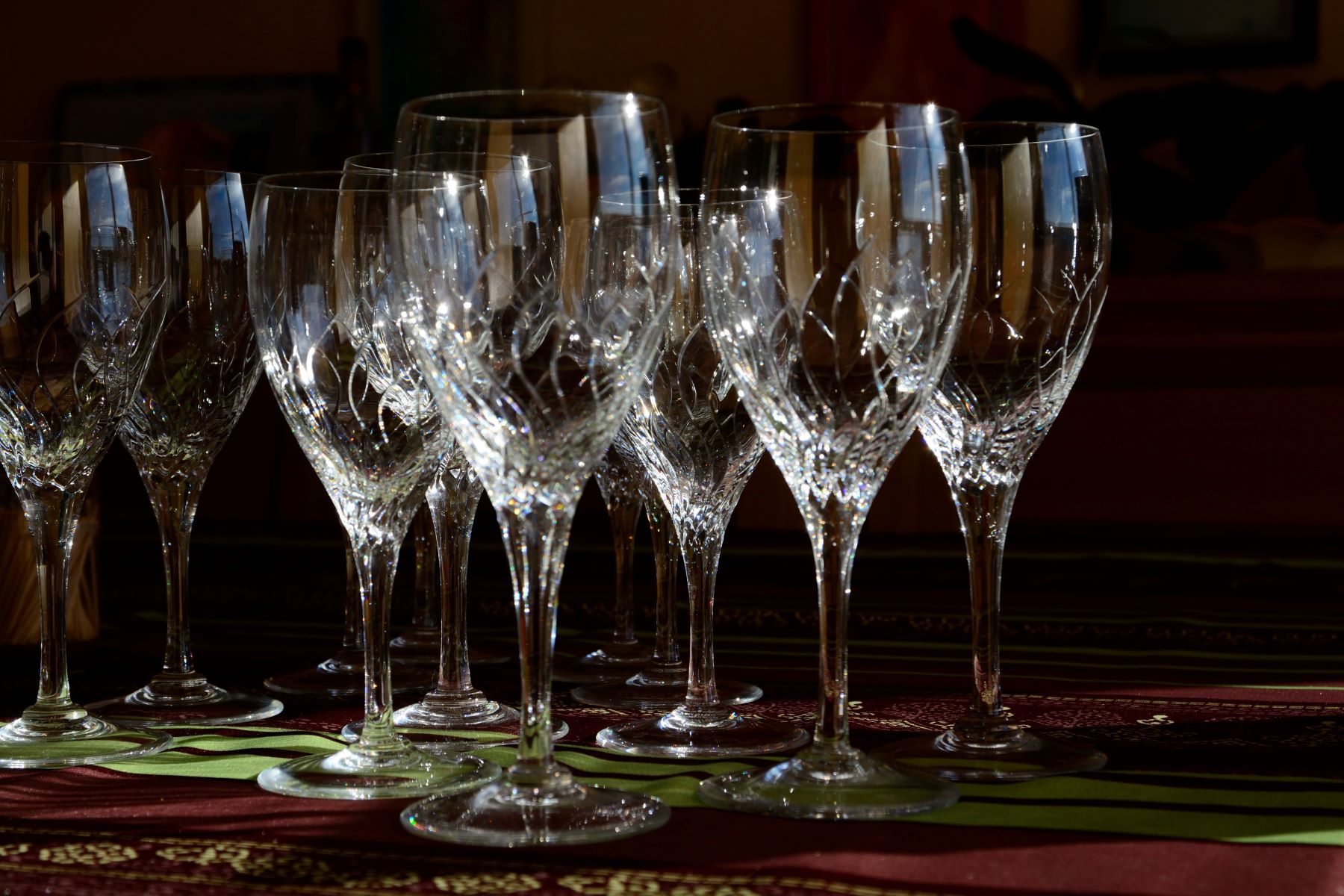
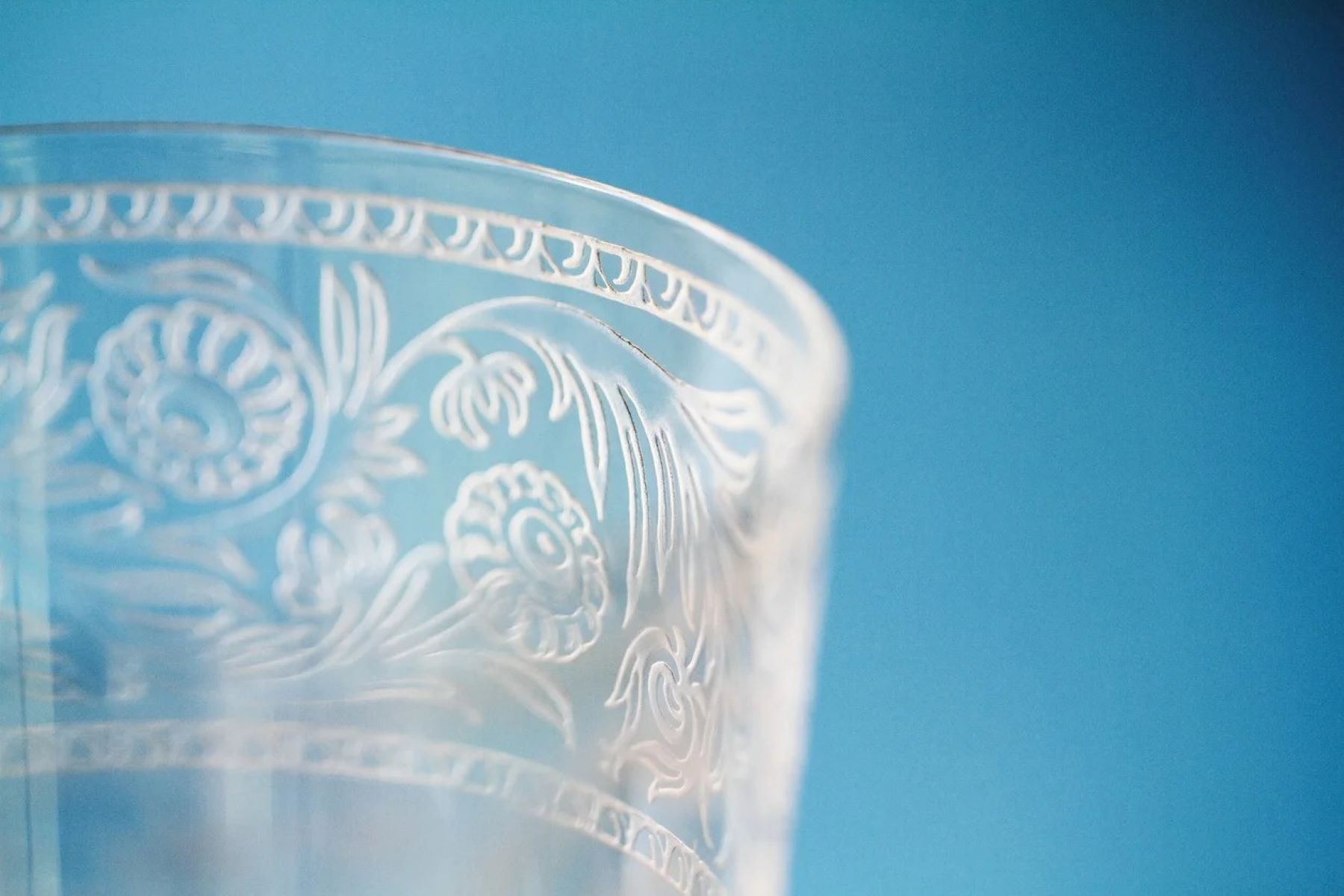
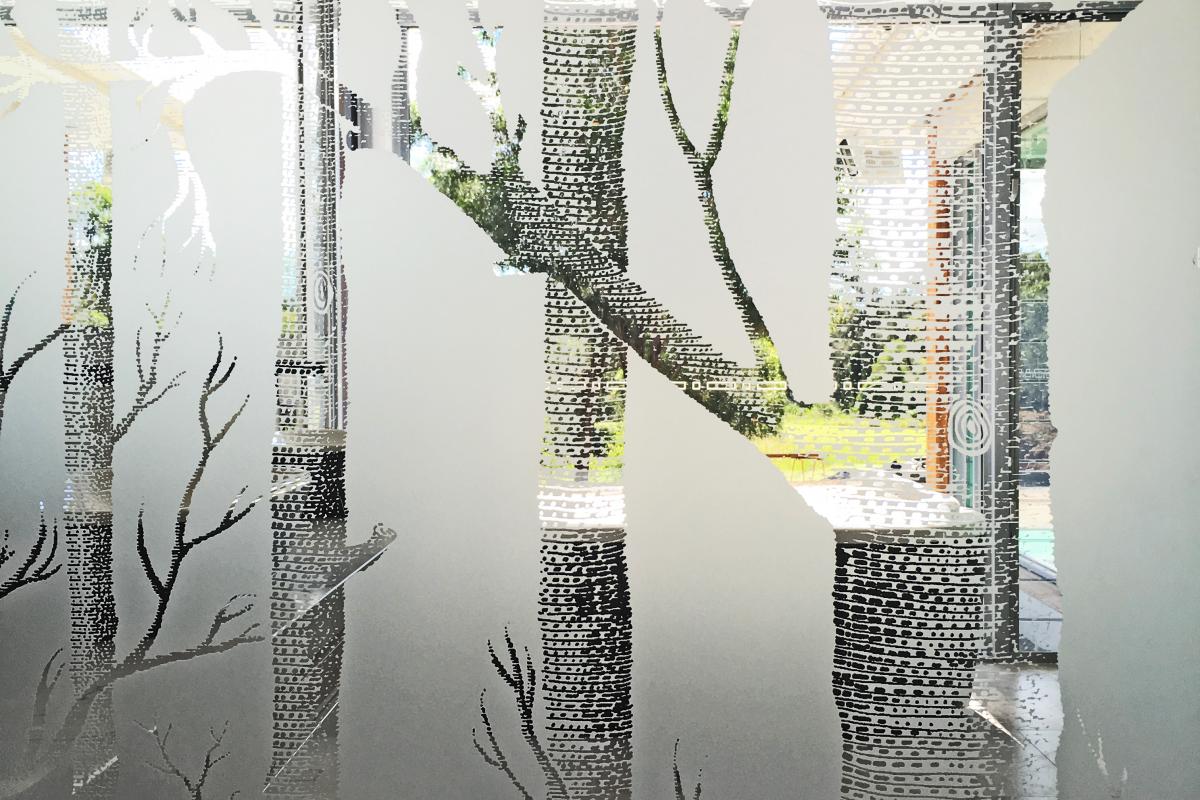
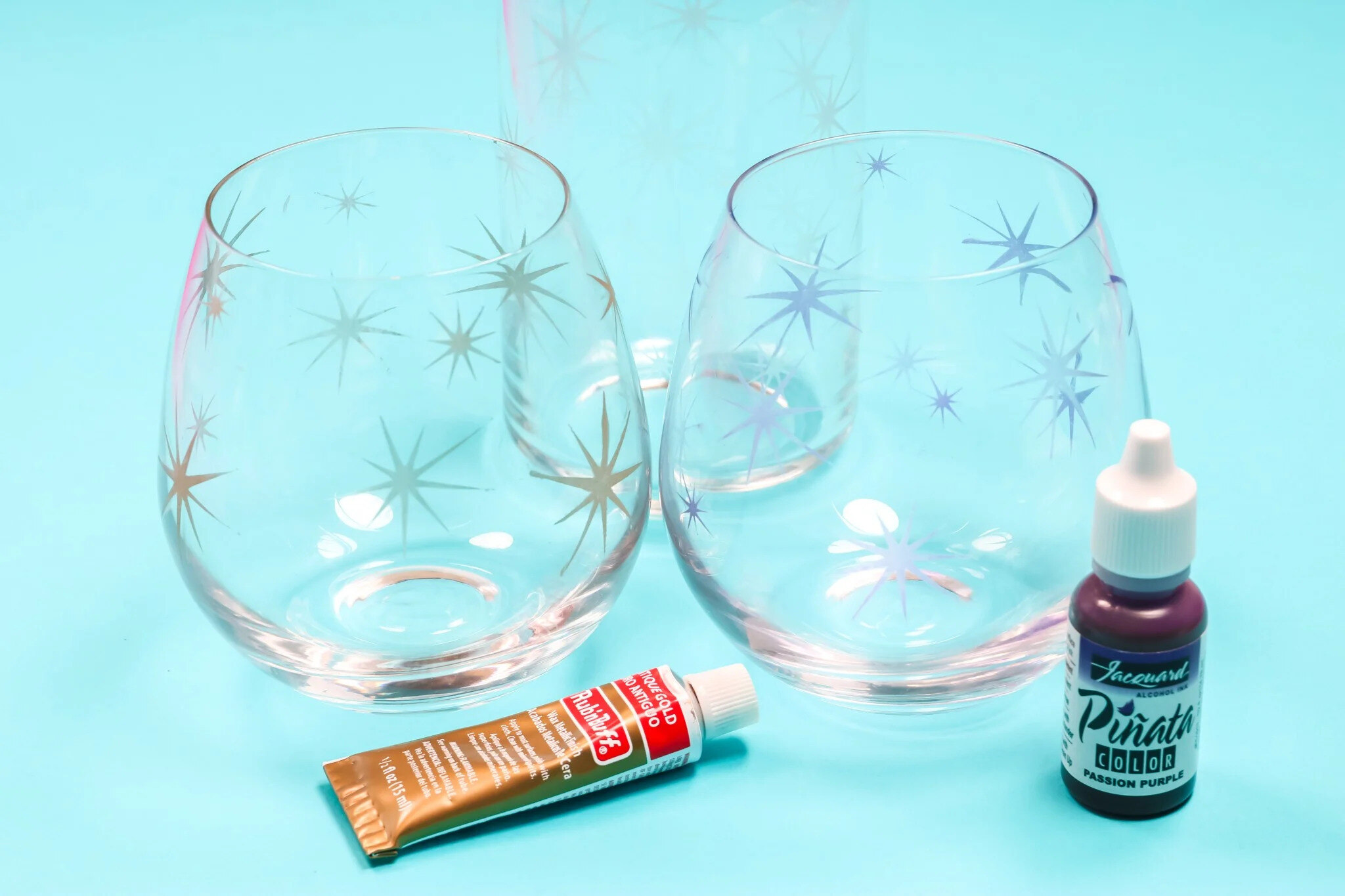
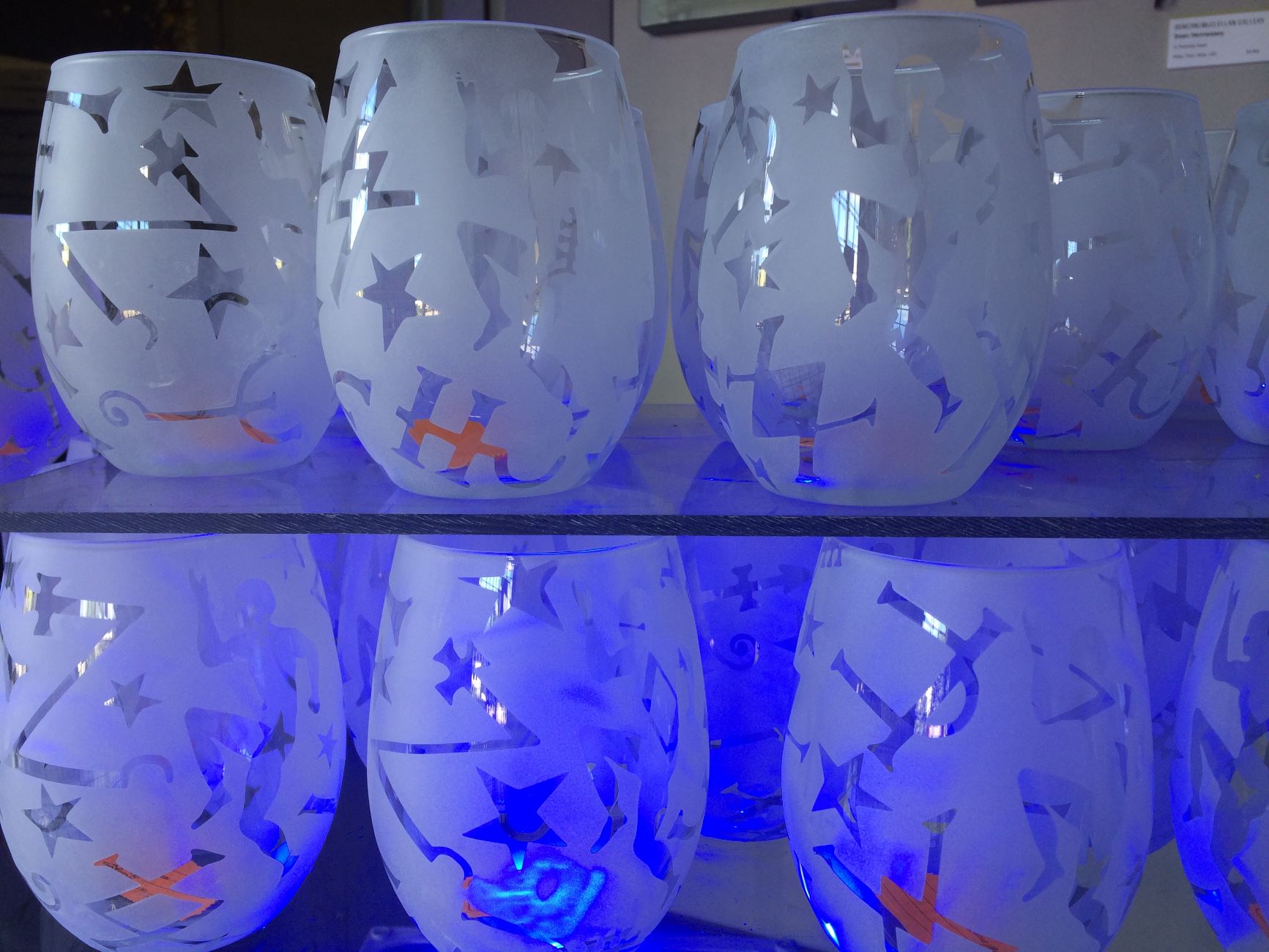
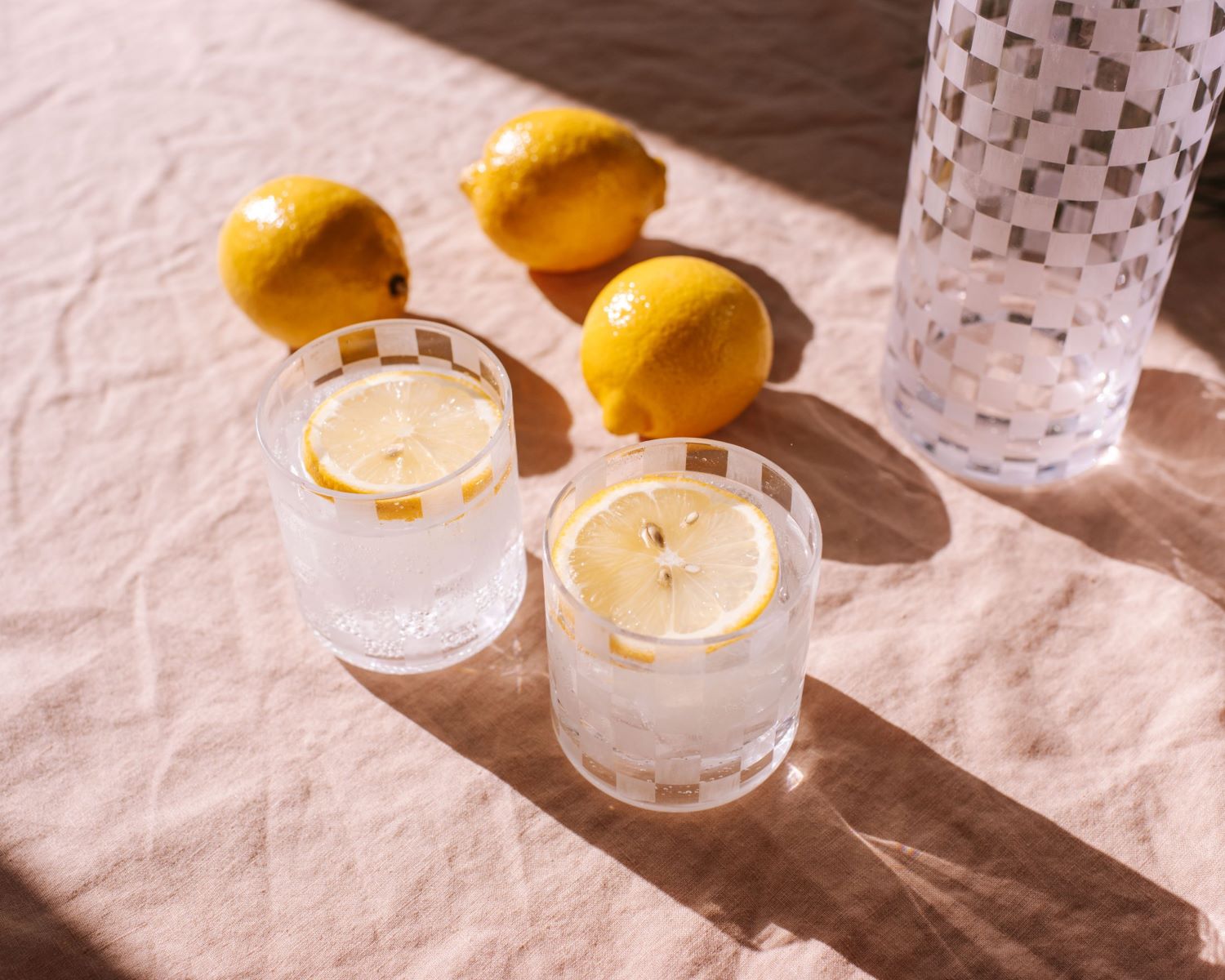
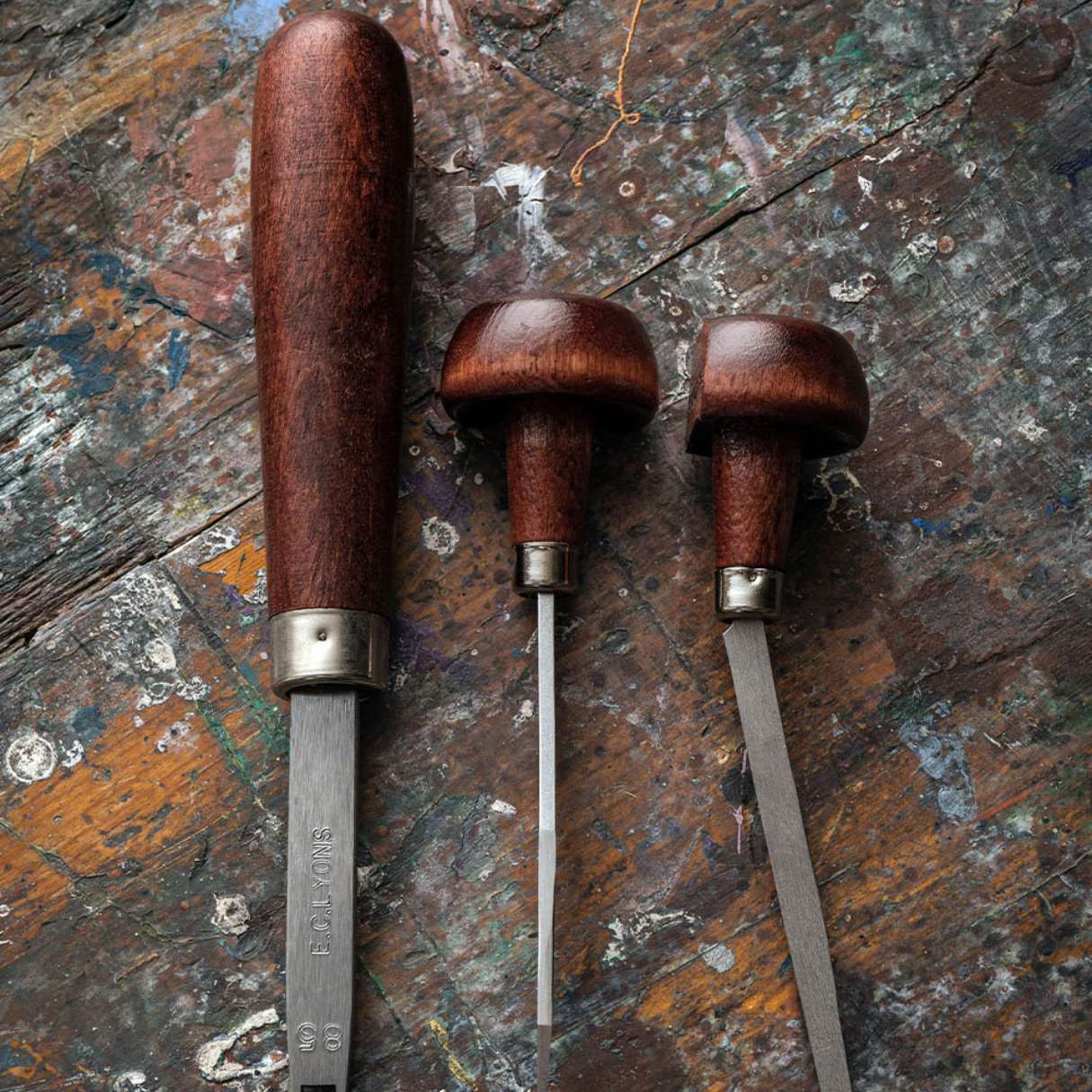
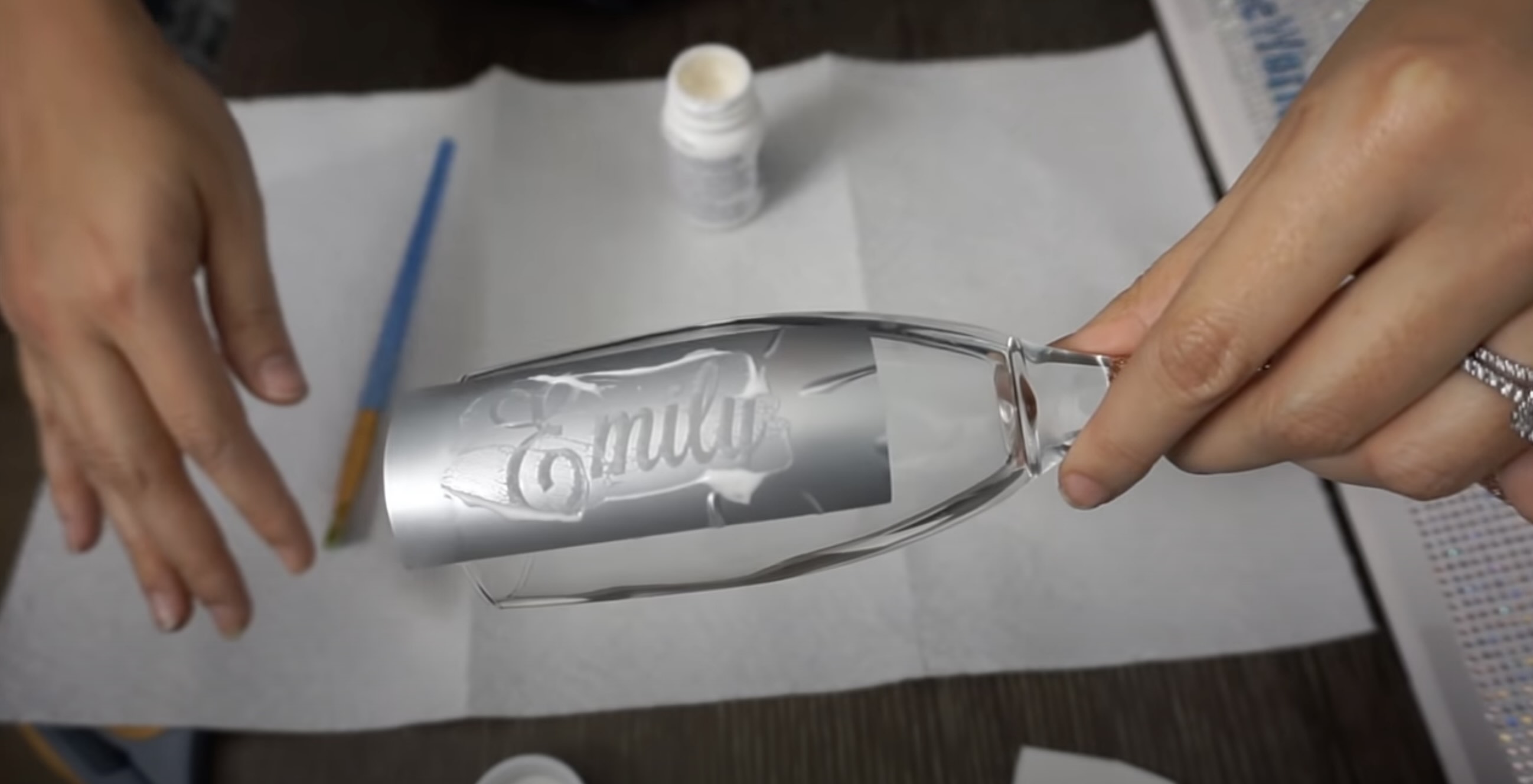
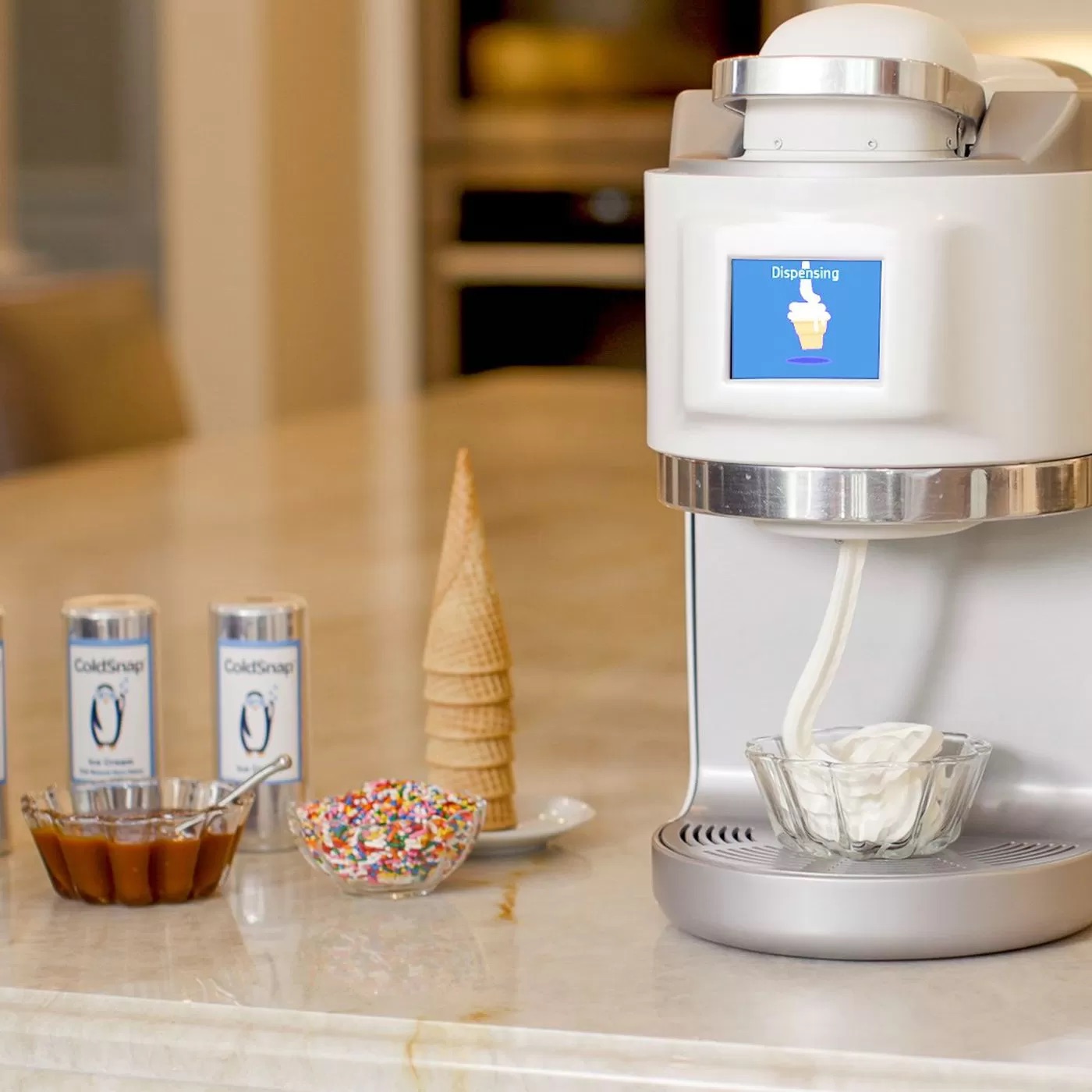
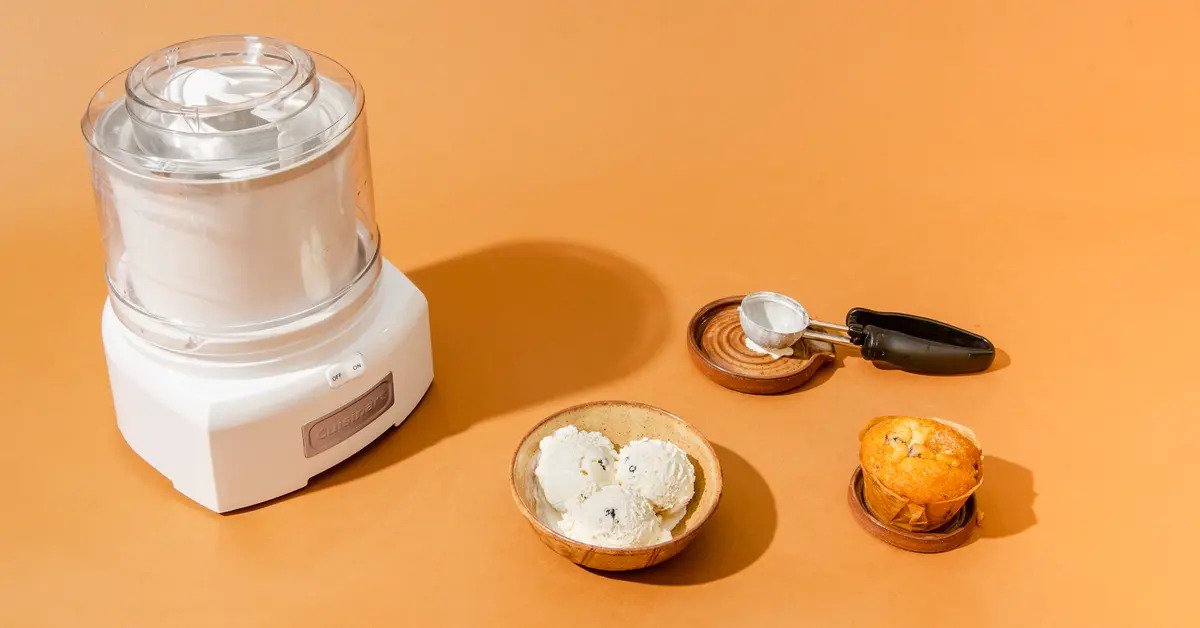
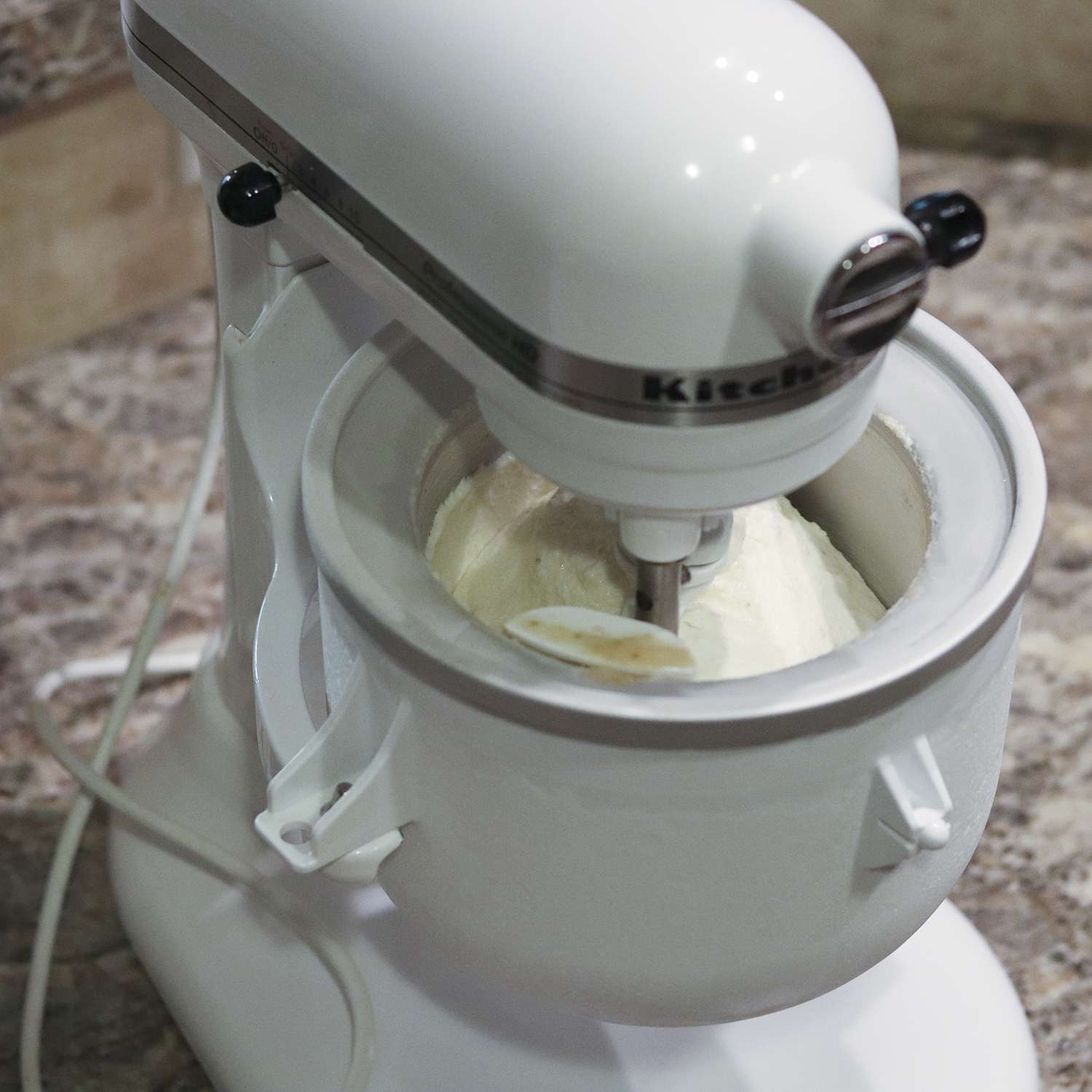
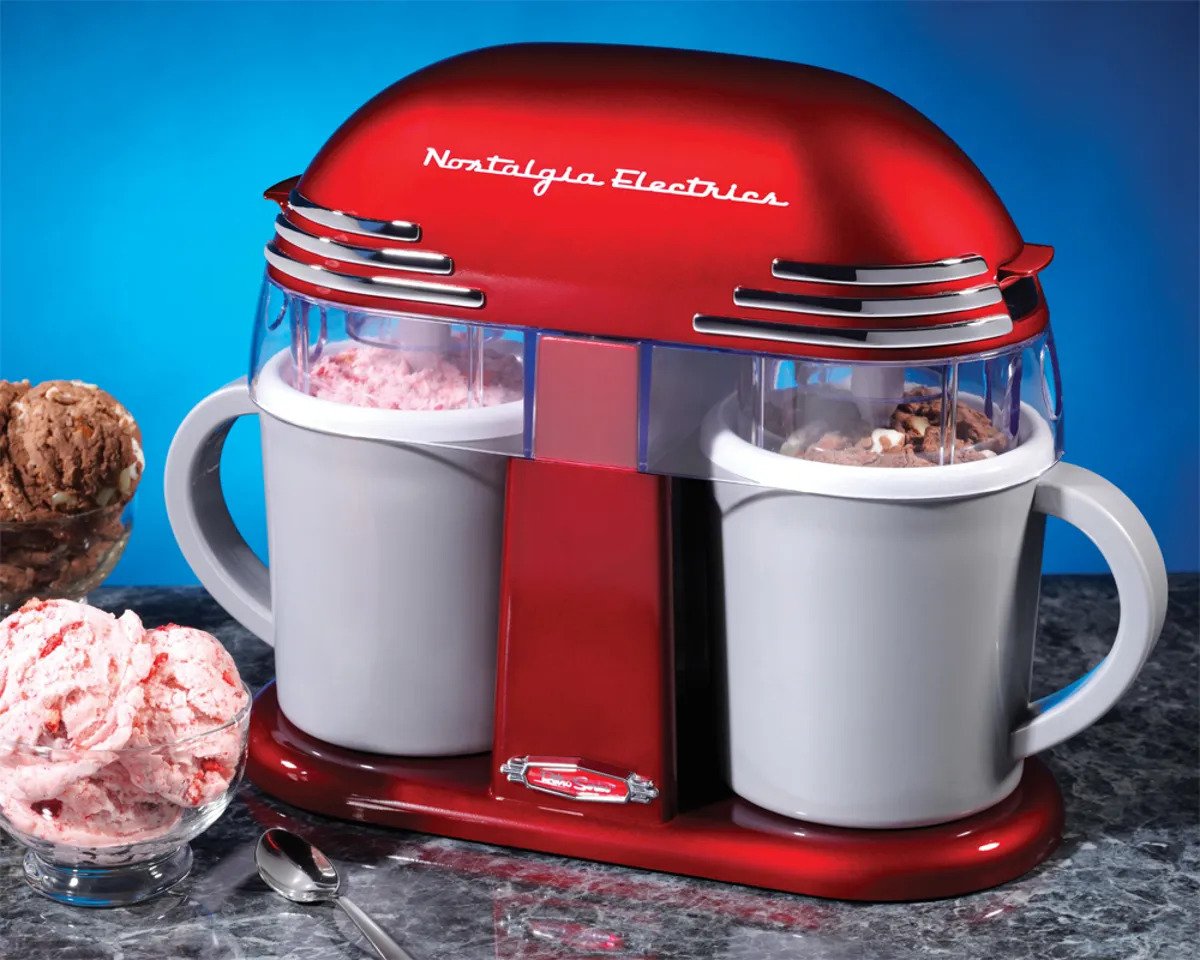
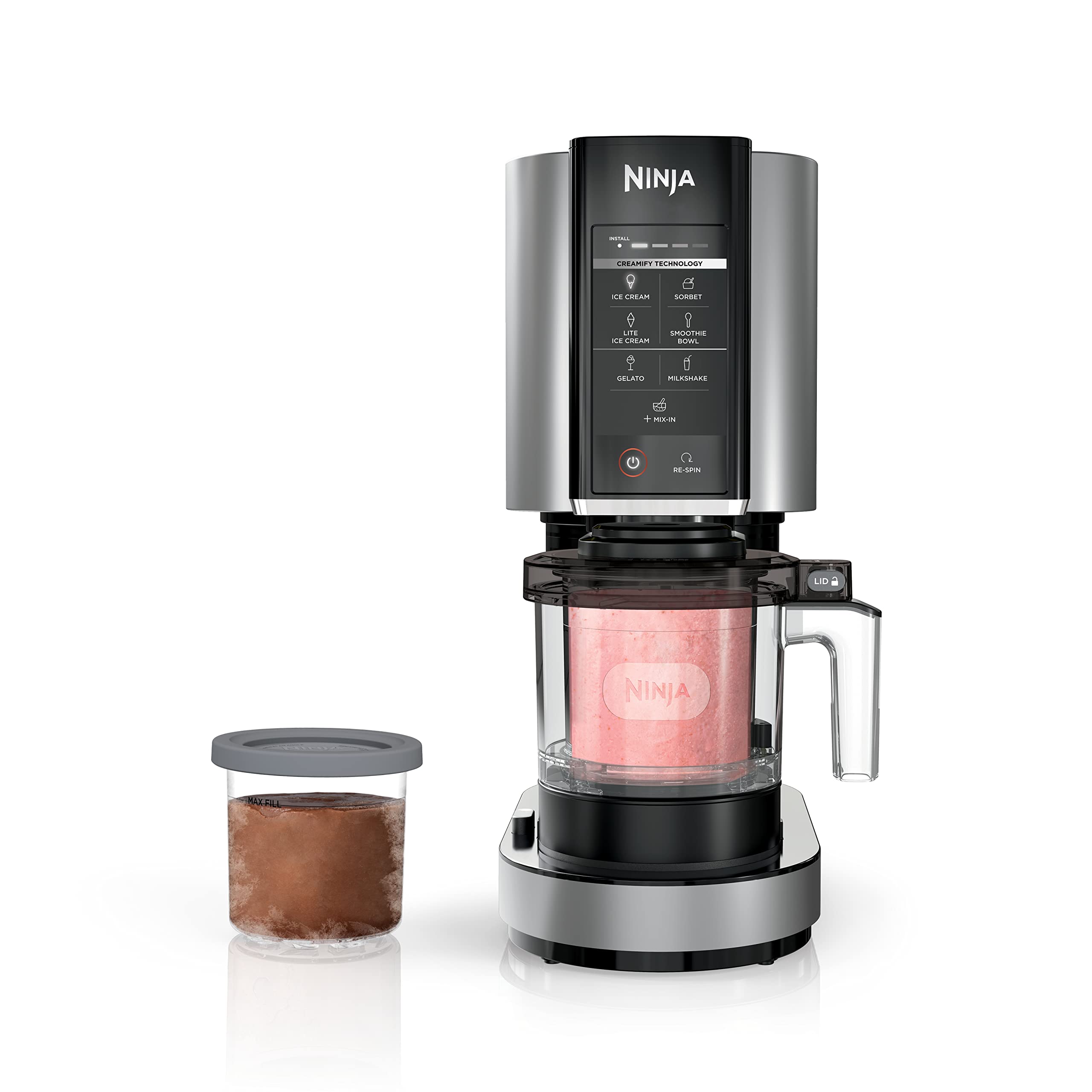


0 thoughts on “How To Use Etching Cream On Glass”